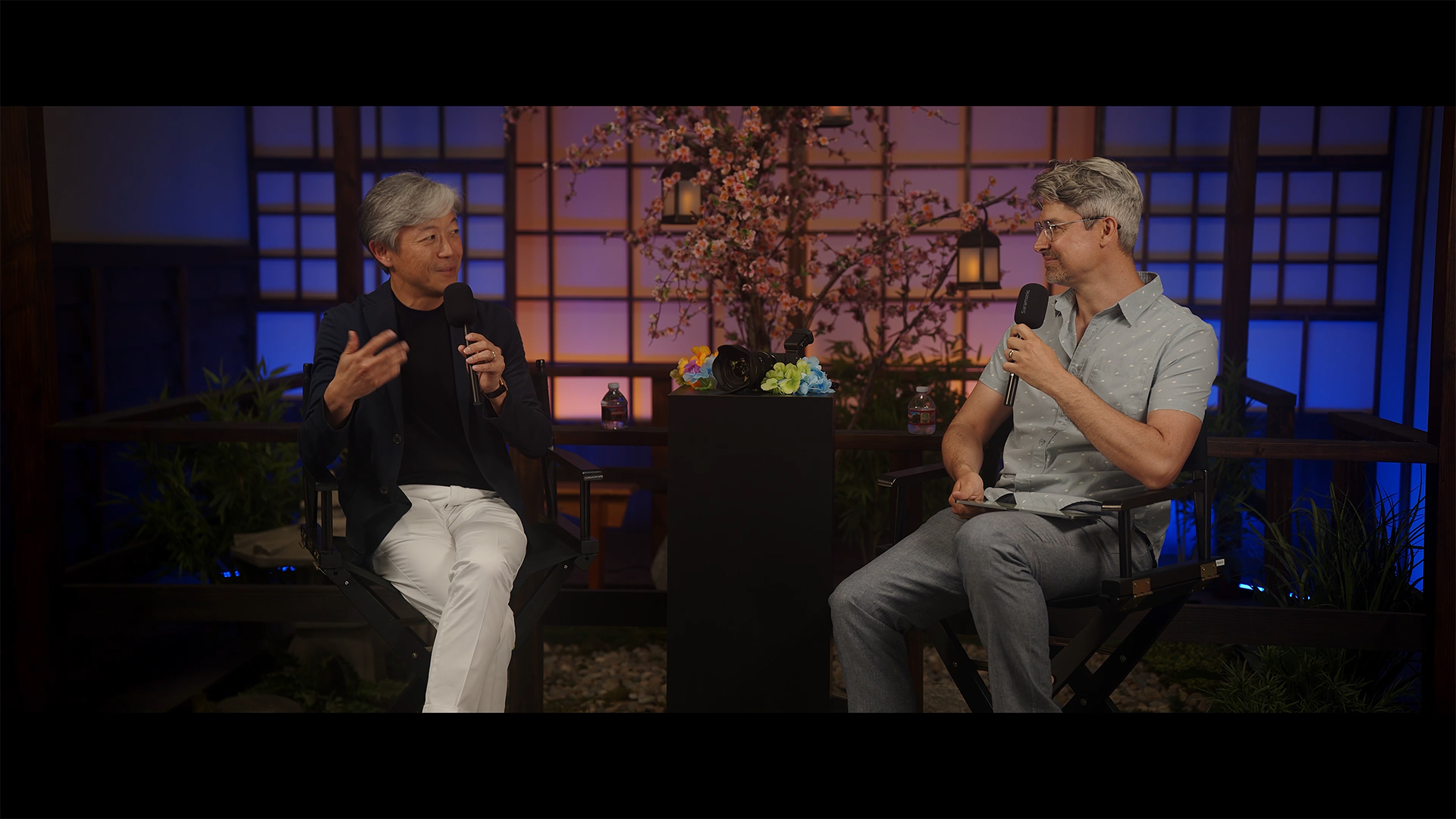On June 9, 2024, SIGMA America held an Open House at their office in Burbank, CA to show off the SIGMA product line, with the addition of the new video-centric 28-45mm F1.8 DG DN | Art for Sony E and L-Mount camera systems. While there, SIGMA Ambassador and Local 600 Director of Photography, Graham Sheldon, sat down with SIGMA CEO Kazuto Yamaki to discuss the creation of the new lens, SIGMA’s place in the cinema equipment industry, and more!
Check out the interview video or read the full transcript below to see what Yamaki-san has to say about development ideas, the history of the company, and what makes SIGMA unique to the photographic industry.
Kazuto Yamaki, CEO of SIGMA
Graham Sheldon: First question, I want to dive into your past a little bit. Are you a photographer? Do you identify as a photographer?
Kazuto Yamaki: I am a poor photographer *laughs*.
G: But you gave it a shot at some point, no pun intended?
K: Yes, I like to take photos, yes.
G: Okay, but you don’t identify in that way, you say poor photographer. But, you are a music fan! I know this about you, you’re a fan of music, I’ve seen some of your blogs.
K: Very much so, yes.
G: What kind of music?
K: Oh, every kind of music. When I was a teenager I really liked rock music, pop music, but I now listen to R&B, soul music, bossa nova, some contemporary club dance music.
G: That’s a wide range.
K: Yes, very much.
G: You’re a true fan. Are you listening to music when you’re thinking of different lens designs, what you might do next? Is it a creative outlook for you? Do you do it to sleep?
K: Yes. Actually, after COVID, I started walking to the office. It’s about four to five kilometers from my house to the office.
G: In Aizu.
K: No, no, in Tokyo. I normally work at the headquarters which is located in a suburb outside of Tokyo. But I go to the factory in Aizu – Aizu is about 300 kilometers north from Tokyo – I go there maybe twice or three times a month. But mostly I go to the headquarters, I walk there; it takes about 50 [minutes] to one hour. And while I’m going to the office or back to my house, I listen to music. It’s very good to think about the future products, or think about other things about management.
G: It’s relaxing. Well, I thought I got a lot of steps in at Cine Gear, but I think you have me beat at 50 minutes to one hour of walking to the office.

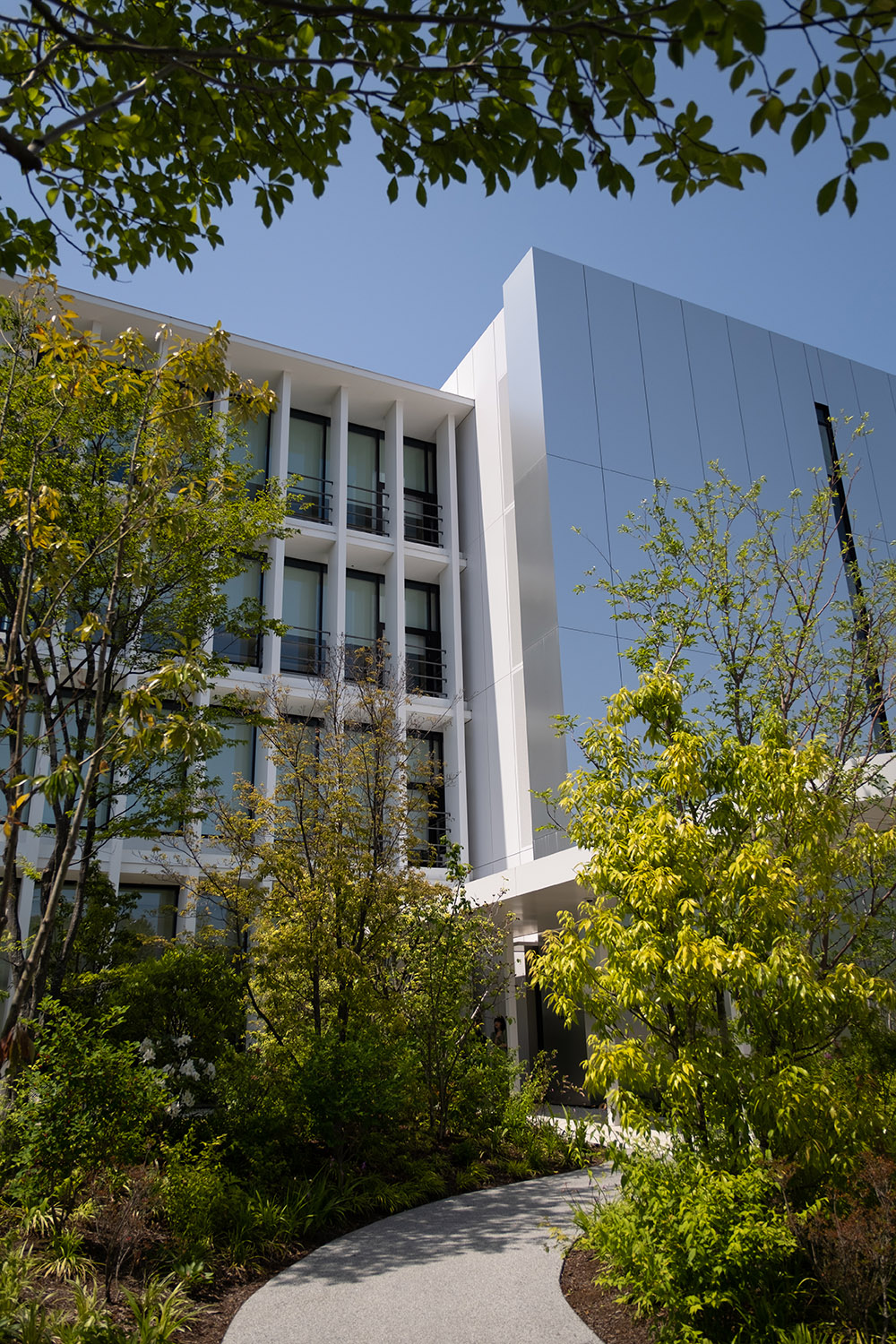
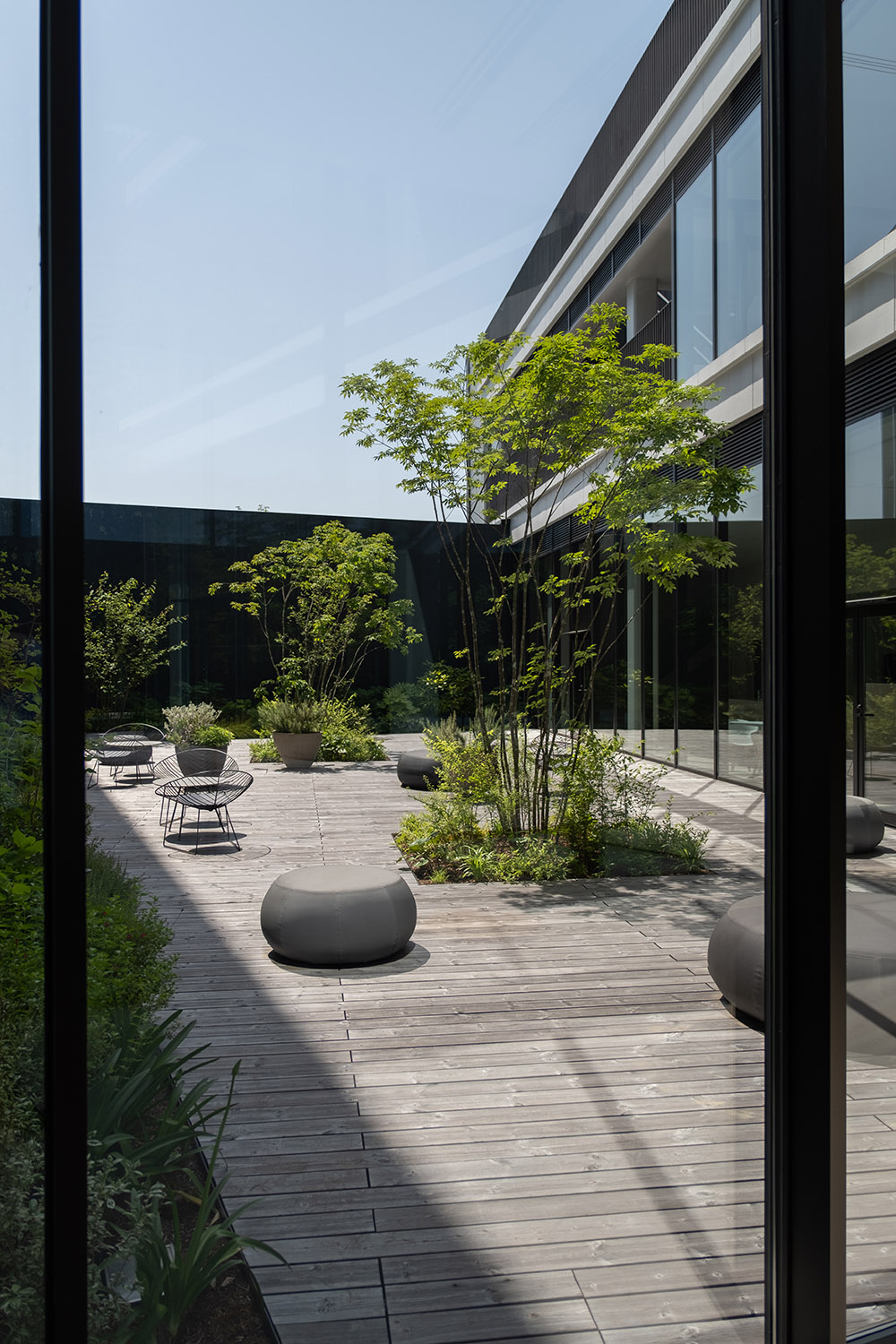
The Start of SIGMA
G: Moving along to 51 years as a company – 51, right? You just celebrated the 50th anniversary?
K: That’s the Aizu factory. The Aizu factory we started in 1973, but the company was founded in 1961. So we say, like, 63 years as a company.
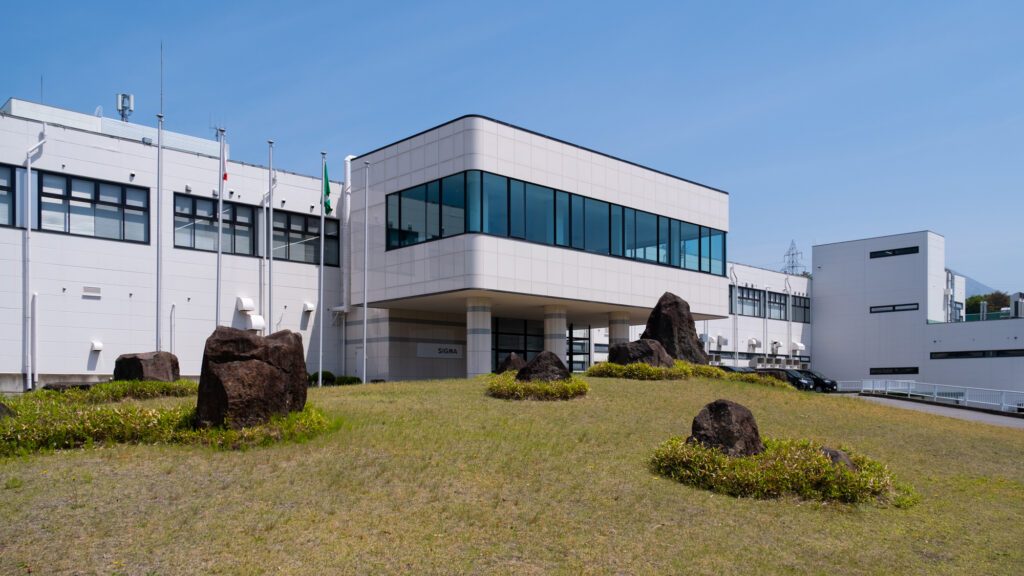
G: Wow, congratulations. I know you’ve spoken about this many times, that you wanted to carry on the legacy of your father. Can you speak to that just a little bit? The beginnings.
K: My father worked in a very small optics company after he graduated university. But this company bankrupted because the owner of the company disappeared one day with company money, with his girlfriend, his mistress. So, my father had to close down the office, but the small company had big suppliers. So, the owner of the suppliers asked my father to continue the business. That’s why he decided to start the company. The name, SIGMA, means a summation. So, it means a summation of people with power, people with knowledge, people with experience; but I guess he named the company SIGMA because he wanted to appreciate that teamwork, the people’s power, that’s why he decided to name it summation. And since the beginning, SIGMA has been making photo equipment – lenses and cameras, and also flashes. So, my father was a really poor photographer, but he loved photography. And he always told me to take over the business because photography is a wonderful business, because people take photos when they are happy. So, the photo business is about happy business. So, he always asked me to take over the business – it’s really nice business – and I’ve tried to take over his philosophy.
The Foveon Sensor
G: And that includes the continuation of the Foveon sensor, right? That’s part of that?
K: Actually, it was my father who introduced part of the technology into the company. When he saw the technology, he was so excited, and he did not believe in the Bayer sensor technology because it does not recreate the beauty of the picture with the three-layer sensor, which, like film, should be able to create a very beautiful picture. And I also love the Foveon technology, I’ve been using a Foveon sensor camera for many years. Most of my family photos are taken by our Foveon sensor cameras – SD9, sd Quattro and DP cameras. So, I think that there’s still great potential for Foveon sensor to get even a slightly better picture.
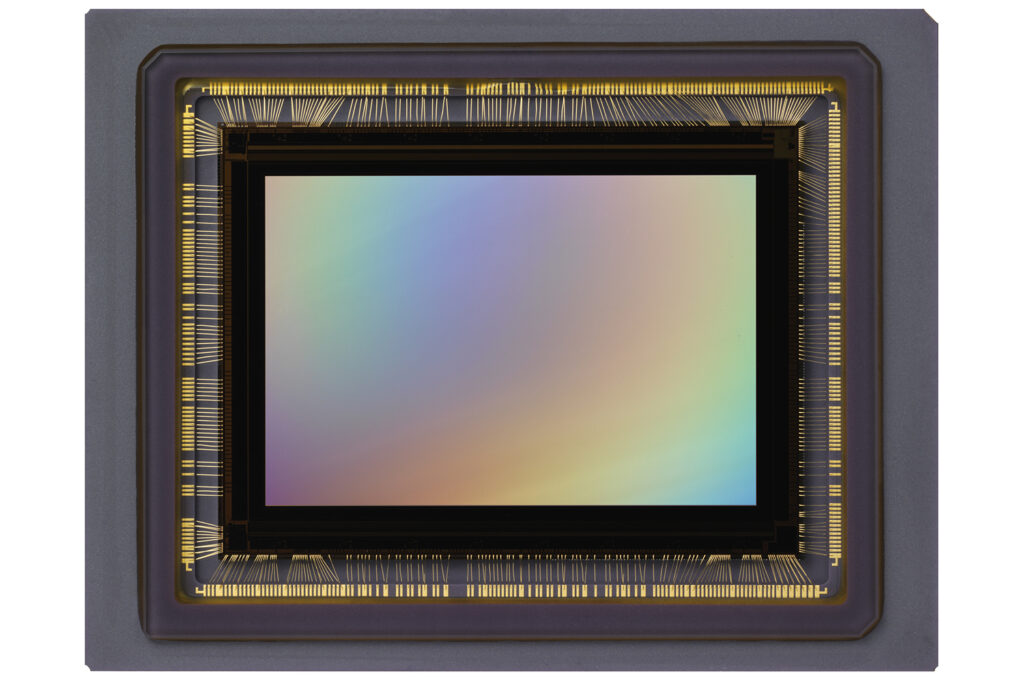
G: And I think you can see, actually, around this facility some of the family pictures still are on some of the walls here and I think in the back room as well. *To audience* Do I see a question?
Question: Speaking to the Foveon technology and the summation – I’m a filmmaker, I’m a writer-director, and so I’m in the world of cinema, and it seems to me that SIGMA is in a very unique, competitive advantage for the digital equivalent of film. And so like, when I look at three-strip technicolor film from like the 30s to the 50s, that is Foveon technology in a digital form. And so, it’s very exciting to me to be able to recreate this with a digital cinema sensor, and so to get into this world of Foveon, in an fp design, which is like a location-scouting director’s viewfinder, and building the vision of the film with that micro contrast, and yet soft, detailed, yet soft because we can add it with your Classic Prime Cine lenses. This is extremely exciting to me as a filmmaker, and so my question is can this summation of a digital equivalent of film be completed by matching Foveon with a global shutter? And will we see Foveon with all the fp features of director viewfinder tools in the future?
G: *To Kazuto* This is a question, I think you’ve had before.
K: First of all, thank you very much. Yes, it’s possible, but there are many technical issues to overcome to achieve it. First of all, in order to implement a global shutter with the Foveon sensor, we need to achieve a very, very fast readout for each pixel. Because each pixel has the three sensors in it, so we have to implement a three-times faster readout compared to the Bayer sensor. So, it’s challenging, but yes, it sounds like a dream setup camera and lenses. So, let us try to make time for that.
Developing High-Quality Lenses
G: Ashley, I think we have a question from Instagram?
Ashley (SIGMA America): Yes, from @ansonandco, he said “Can we expect new firmware for the fp line?”
G: Can we expect new firmware for the fp and fp L line?
K: Right now we don’t have a plan for an update, but I would appreciate if you could submit requests or wish lists for the firmware update. We like to know the customer’s demand.
G: Perfect. Let’s step back to the Aizu factory for a moment. 50 years for that facility. What are the advantages of doing everything in-house; having it all under one roof, versus having your facilities spread out, sending components around?
K: Making lenses is becoming more and more complicated, and becoming really, really difficult, as the pixel count of [digital] camera and film camera are going up. So from a customer’s point of view it’s easy to tell the difference of the lens performance. So, it’s getting more and more complicated and difficult to make a really high-quality lens. Having one facility and making all the lens parts in one location makes it easy to make consistent, quality products. If we buy cheaper parts from everywhere in the world, it should be very, very difficult. Honestly, I don’t know how we could do it. But, we polish every glass at our factory, we machine all parts at our factory, so we can make very consistent, high-quality camera lenses. So, from customer side, you can expect very consistent-quality products, even if you grab our lenses randomly, you can expect very consistent quality, and also color – you can expect very consistent color matching from each lens.
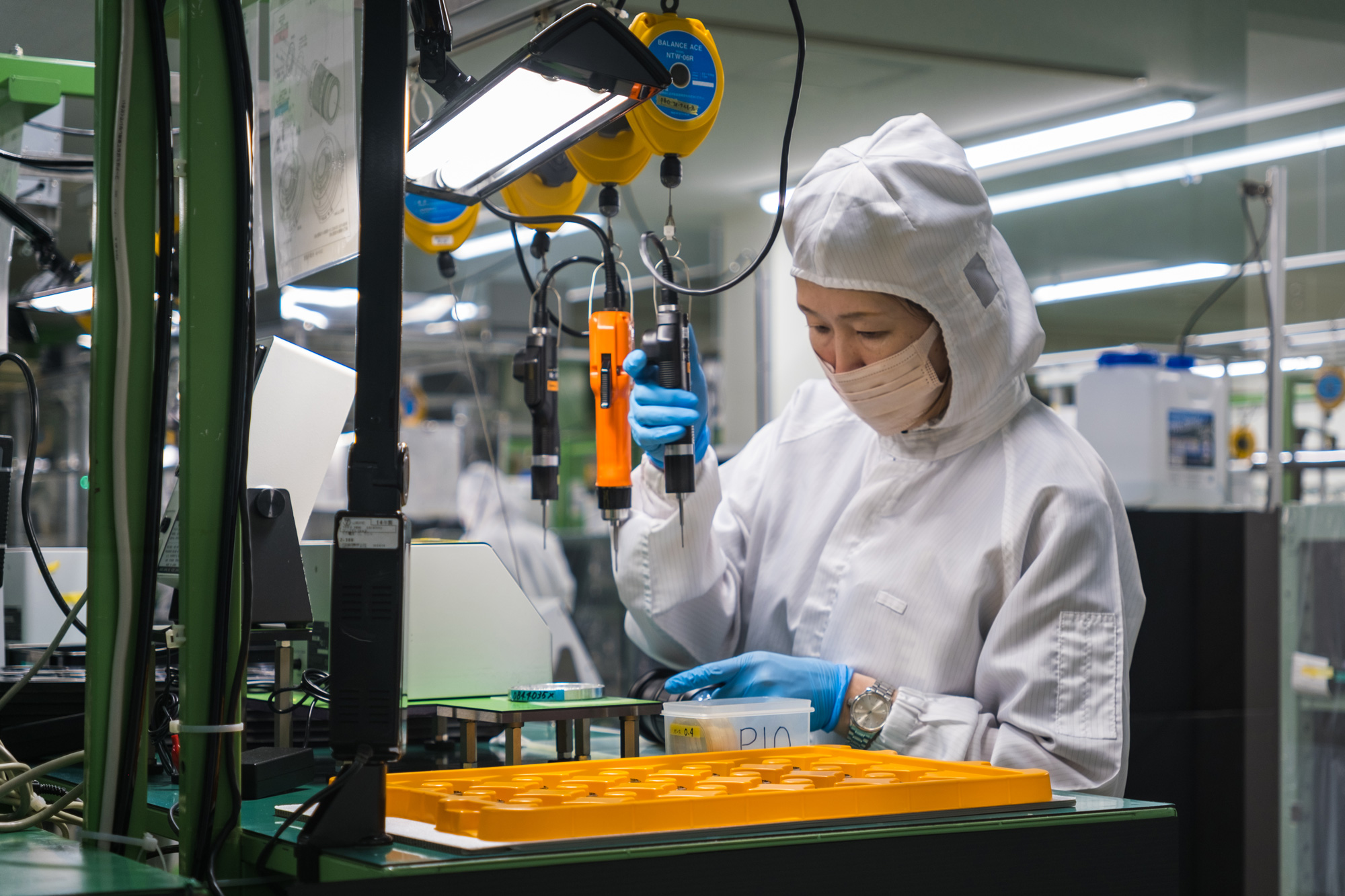
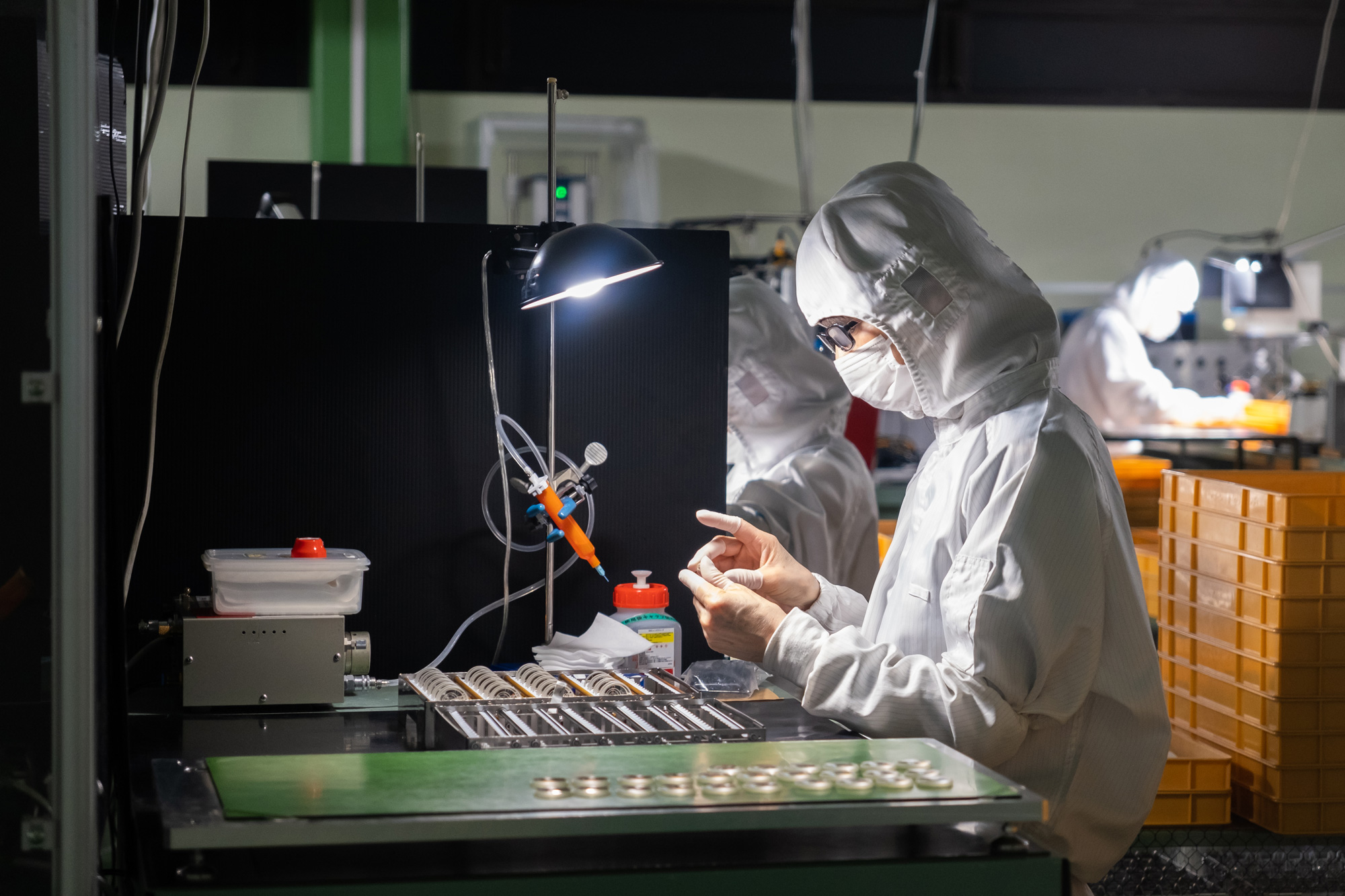

G: And that’s why. I mean, if someone is on a production line and a walk down the hall is Quality Assurance, it’s all very close together. And I just want to make it clear, this is a rarity, for companies having this many SKUs and this level of precision and manufacturing, is incredibly rare. If you don’t mind, I’d like to move to cinema for just a moment. This is my bread and butter as a local 600 Director of Photography. How do you see the future of the cinema line and SIGMA as it relates to filmmakers?
K: Well, um…
G: It’s a big question *laughs*
K: In order to explore such direction, I came here. So, I need to hear from your side what SIGMA should do in the future. But our goal is to make the best quality products for customers. So, we always work very hard to provide the best quality products.
G: Well there you have it. I think that speaks to one of the things that SIGMA’s very good at, and that’s listening to customer feedback and to questions, and you’ve always been very open with customers at tradeshows, and always very willing to answer questions, and I don’t think that goes unnoticed by those here to support us and the community at large.
Cine Lens Character
G: *To audience* You have a question, sir?
Q: Yeah, on the subject of cinema lenses, I was wondering if there’s been a renewed interest, especially in recent years, about anamorphics? And I was wondering if SIGMA has explored or is exploring the potential of developing anamorphic lenses?
K: Yes, I’m pretty aware of the demand for anamorphic lenses. But I’ve been listening to many peoples’ opinions, and actually each person has different preferences on anamorphic lenses. So, it’s difficult for me to define what kind of anamorphic lens we should make. But it’s on my future product list. Other products may have higher priority, but I’m still exploring what kind of anamorphic lens SIGMA should bring to the market.
G: Now, it seems like a good launching place for my next question: optical perfection versus character, I would like to hear your take on this. So, one of things about anamorphic glass that I’m seeing all the time is that it leans heavily into character. I think if I look around this room, optical performance is near the top of SIGMA’s wish list as a company. Can you speak to that – well, and I’m bringing in Classics maybe for a moment, but, character versus optical perfection.
K: After we entered the Cine market, we realized that the – as I said – each person, each creator has their own style, and their own preference. And they choose the best gear for each project. So, I don’t believe SIGMA can provide every kind of equipment, every type of lens. And we always think what SIGMA should bring to the market, and probably what SIGMA needs to do at first point is to provide a high-quality, clean – high-quality lens which provides a clean image. Because it’s very difficult for non-experienced brands to make it. It’s very difficult to make a perfect, flawless lens. It requires lots of experience, lots of – needs to invest in the most advanced technology. So we make it SIGMA’s mission to make a very, very high-quality, best quality lens in a compact, lightweight form factor. Having said that, again, I’m pretty aware that there’s strong demand for a lens with character, because the current digital cameras – digital cinema cameras, more or less have a similar look from the camera side. So, from the creator’s point of view, it’s a lens which differentiates the look of film and images. So, if we have enough resources, we would like to challenge the lens we design. It shouldn’t be so challenging, because if only we use a very basic lens construction, we can create some kind of ‘vintage-looking’ lens.


G: You know, I think from a filmmaking perspective, I think that SIGMA optics is a platform in the sense that it starts in a place that’s sharp from edge to edge, neutral color cast, generally lots of mount options, and from there if I want to bring it to a place with character, you have the option of using a multitude of filtration. So, remember, it’s always easier to do that than starting with a soft, less higher performing piece of glass than going the other direction. Just my two cents on that very quickly. Ashley, I understand we have another question from Insta.
A: Yes, it’s from @ansonandco again, he said: “Are there any plans to take the optics of the beautiful Classic Cine lenses and put those optics in still lenses, maybe I Series?” – and he puts a winky face.
G: Interesting. So, for those in the back, the characteristics of the Classic line, could those go into more photography-focused, like the I Series [lenses].
K: Anyone who’d use such camera lenses? *asks for show of hands*
G: Show of hands, I guess.
K: Okay, thank you very much. Once I go back to Japan, I will talk to the engineers.
G: *Laughs* Thank you.
Developing New Lenses and Mount Diversity
G: *To audience* Question right there.
Q: I don’t know if you can talk about this or not, I understand you’ve started to work with Canon to produce RF lenses but not for full frame. Can you tell us anything about full frame – are you in negotiations or not even that?
K: It’s very difficult to make a comment today. We will release all our lenses for crop sensor in RF mount by the end of this year. I’m very aware of such demand, so I will do my best, but I cannot guarantee.
G: Let’s move to the latest release, that feels particularly geared towards filmmakers, actually. The 28-45mm F1.8, full-frame coverage with autofocus, which is also a world’s first in L-Mount and E-mount. Can you speak to the development of that zoom, how it has its roots in the very, very popular 18-35mm? If you want to try that out you should…
K: Yes, first we released the 18-35mm F1.8 in 2013. At that time we were not aware that filmmakers were looking for that kind of lens. Normally, if we release a lens, because we sell our lenses globally, maybe – let’s say, 20 to 30 percent of our lenses are being sold in America. But only this lens, 18-35mm F1.8, about half, maybe a little bit more than half of this lens are being sold in America. And we underlined why, and we found that many filmmakers used the 18-35mm F1.8. And then we realized that SIGMA could do something in the film industry. And that’s the reason why we decided to enter the Cine market. And then during this period, the mainstream of the camera shifted from crop sensor cameras to full frame cameras, so I really wanted to be the first manufacturer to achieve the [F1.8] range for full frame.
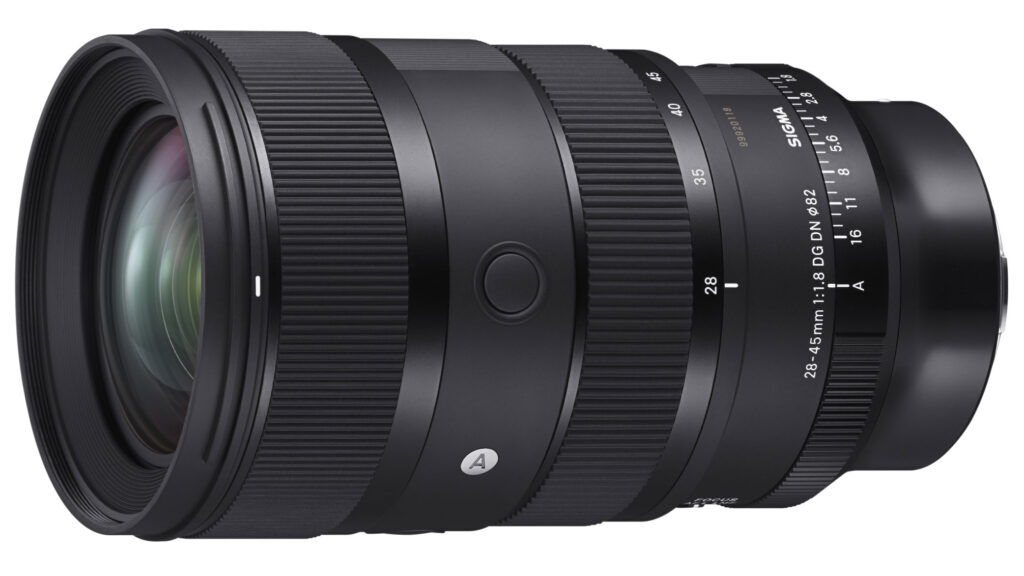
G: Moving onto the L-Mount Alliance, which seems to be growing. Every day I’m surrounded by Blackmagic cameras, I know DJI has L-Mount now with their Ronin 4D – and many others. How do you feel about the general strength of L-Mount as a mount and its future going forward?
K: I think that L-Mount is a great choice for customers, for creators. You can choose, as you said, you can choose many different cameras and lenses in the same ecosystem. So, it’s like a Cine equipment system. In the case of Cine equipment, you can choose the best camera, the best lens, the best equipment for each project, right? So, L-Mount here, you can choose the best camera, best lenses, you don’t have to stick to one system, you can choose the gear you like on the L-Mount platform. So, I think that L-Mount is a great choice for customers.

Future Roadmaps and Color Profiles
G: *To audience* Oh, yes, question.
Q: A question about picture profiles. I don’t think it was very – it hasn’t been very clear to me from the internet websites and such, like for instance Classic Foveon Yellow, as an example; are the picture profiles implemented into the fp series, is it the same color curve that was implemented in the Foveon, it’s just a different sensor? Or is it the same?
K: It’s different. Because the color response from the sensor is completely different from Bayer to Foveon. So we tried to copy the look of the image like the pictures from old Foveon cameras. But it’s not the same color curve.
Q: Okay. And are there more color profiles in the works to be released?
K: I’d like to. But if we implement too many options, it may confuse customers. I don’t want to confuse customers, so there must be some good balance. So, we are always exploring what is the best balance.
G: I mean, you’re touching on one of my favorite things about the fp platform, is that color button right on the rear for quick turnaround projects. And you’re right, you don’t want to scroll so far on that wheel that eventually you can’t find that color [you’re looking for]. *To audience* Yes sir, you had a question?
Q: Thank you for sharing here. I’m going to ask something of no interest to anyone else – is there anything in the future, your future, for stereoscopic cinema? Whether the lenses or cameras or combination of both? Or maybe even someone going old school and putting a couple of your good lenses through prisms into a single mount?
G: Question around stereoscopic 3D and VR applications.
K: Yes, some people refer us that kind of equipment, and right now we don’t have such a plan. But if there is an opportunity for SIGMA to contribute such an application, we’d like to try. But right now, we don’t have such plans.
G: From the – this is a business perspective question – we’re seeing the introduction of a lot of lower cost, budget lenses taking the market; it seems like there’s more choices than ever before for filmmakers and photographers alike out there. How do you respond and how do you consider the fact that there’s just so many more players now in the space than there used to be?
K: Actually, I’m very impressed by such emerging brands. I believe they are doing quite well, a good job to provide the right gear for the customers at the right price. So I really respect the environment. But SIGMA always, as I said, always works very hard to provide the best quality products for customers. I like that customers trust our products 100%. And we will work very hard to satisfy customers’ demand.
G: *To audience* Yeah, right in the back there.
Q: Have you guys considered making any optics for the Fuji GF system or like a larger sensor medium format system?
G: Okay, so a question about future roadmaps related to Fuji GFX systems.
K: Yes, I do personally. My vision for the company’s future is to become the number one optics brand or “master of optics”. In order to become such a premium brand, we need to make such – really, really good lenses for that format. So, I would like to challenge.
G: That’s pretty enthusiastic, actually. *To audience* Question from you?
Q: What about future roadmaps for, say, Z mount?
G: Nikon Z mount roadmap. Uh-oh, going down roadmaps, it just never ends.
K: I’m very happy to know that many customers who are R mount users and Z mount users, wish for us to make lenses for those mounts. And again, I’d like to do my best so that we can make the lenses for R mount and Z mount users.
G: *To audience* You know, we get questions like that often, it’s always obviously hard to talk about future plans. But I do think that the fact that people continually ask these questions, it’s not like we’re just all ignoring those – ambassadors and the internal team, everyone sees this. So I guess what I’m saying is, you know, please keep asking! It can’t hurt. Question over there.
Q: I have two questions. First one is for color profiles.
G: The fp color profiles?
Q: For the SIGMA fp color profiles, are you able to – because when I shoot in RAW I can’t get that color profile in the RAW. Is it only MP4 or it’s just the codec, the h.264?
K: If you use our software, SIGMA [Optimization] Pro, you can change the color profile. Yes, because I also use – I always shoot in RAW and sometimes I use the color profile.

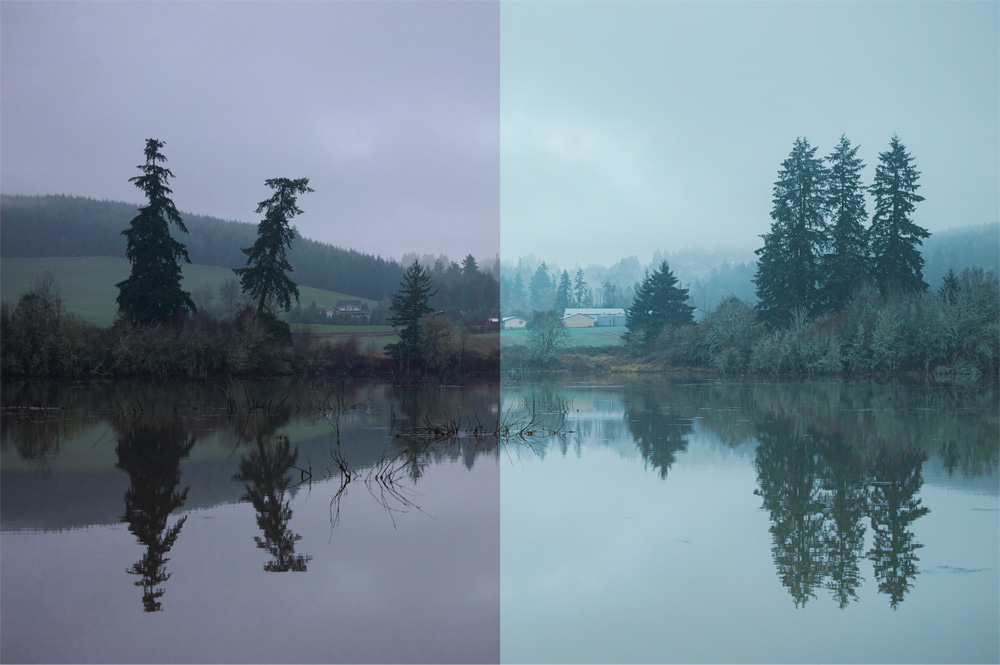
Q: And then my second question, it’s a small question but I believe it, do you think you’ll ever make a monochromatic only? Black and white only?
G: A black and white-only fp question.
K: That is also very nice, yes. Without color you can get very, very fine micro details, I like it. Actually, when I was very young, I saw a print taken in 8×8 film, and I was so, so impressed by the picture quality. So, I like the Foveon sensor technology because Foveon sensor technology provides very fine micro details. Likewise, the Fuji GFX system, large sensor provides very fine micro details. So, I’d really like to make – and also the pure monochrome sensor provides fine micro details, makes the picture really look real. So, I’d like to challenge – but again, these kinds of products are quite niche products, so… I’m really enthusiastic about photography and film, but also, surprisingly, I am the CEO of the company *laughs*, so I have to think about the sales and marketing. So, I have to find the balance. But I’d really like to try and make it.
G: Ah, you fighting against the fan side of your brain today and keeping the business hat on is a funny, funny thing for me, I love that.
Company Culture and Wrap-up
G: Alright, well if there’s no other questions out there, I think we’ll start wrapping things up here. You know, I was actually talking to a few of the team over there about the culture of SIGMA. And this is a hard, like, squishy, nebulous thing to talk about, right? How do you create a culture in a company where people’s ideas are valued internally, and that feeling is translated to the customer as well, feeling that the company is listening to their supporters out there. Can you answer a quick question about culture at SIGMA?
K: Yes. As I said, I’m the CEO of the company, so I have a great responsibility for the growth of the company, the turnover, the profit. But also, as the owner of the company, I have a responsibility for the people in the company. I have to make sure everybody in the company is happy. Everybody has to feel comfortable in the company, everybody [has to feel] motivated, and respectful of each other, and they can learn from each other. I need to provide such a working environment for all employees. So company culture is really, really important to provide a really nice company working environment. So, I pay very great attention to make a good corporate culture, but to be honest, I really believe I’m very fortunate to have wonderful people in the company; they are so nice, and very cooperative – they are helping each other and teaching each other, and they are the people who create the company culture. And so I appreciate that.
G: Let’s go ahead and leave it there. Kazuto Yamaki, I think I speak for all of us when I say we are very lucky to have you as a photography fan. *Laughs* Thank you, thank everybody, thanks for coming today.
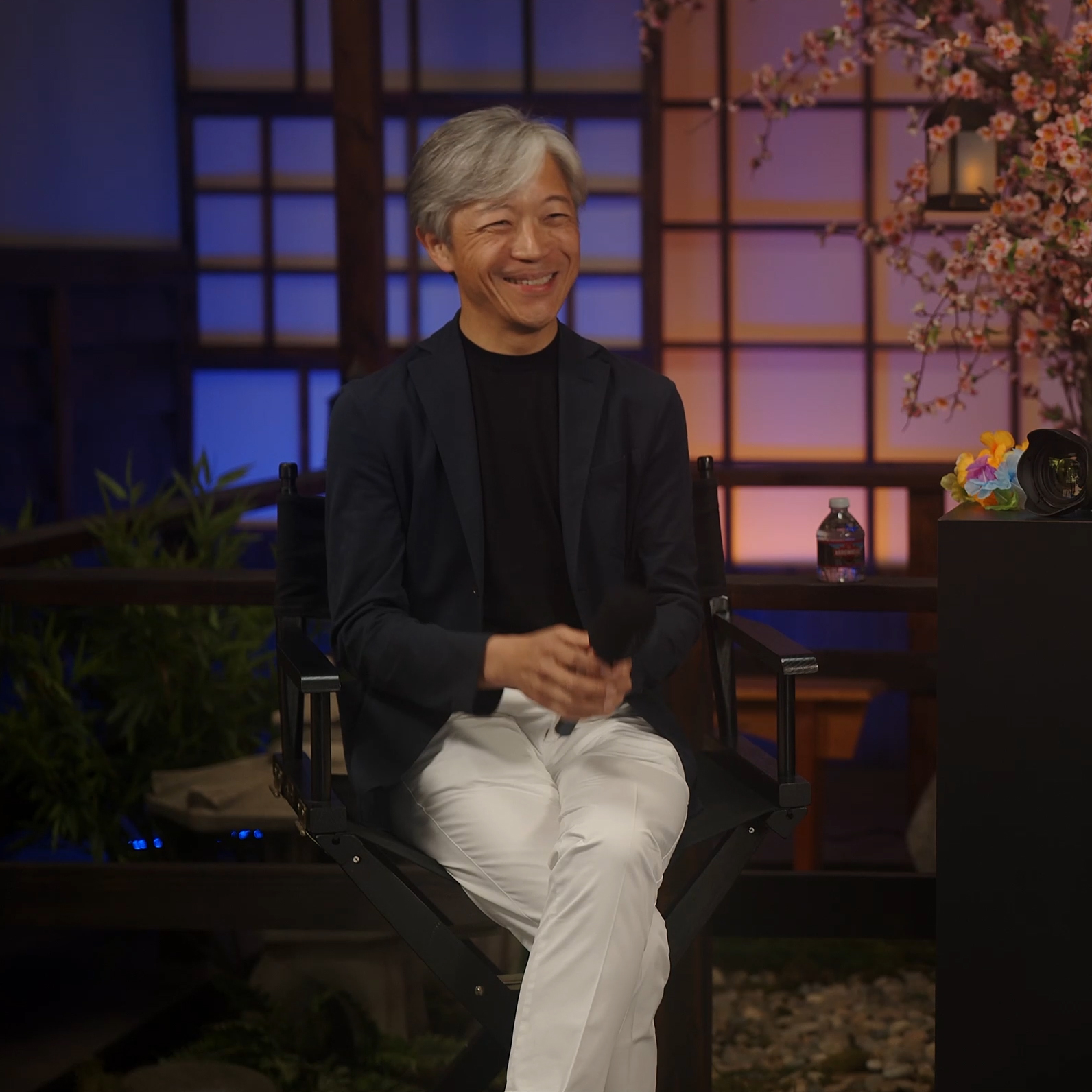
Learn more and shop SIGMA

